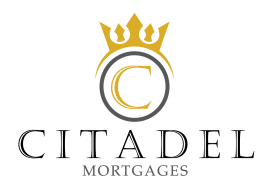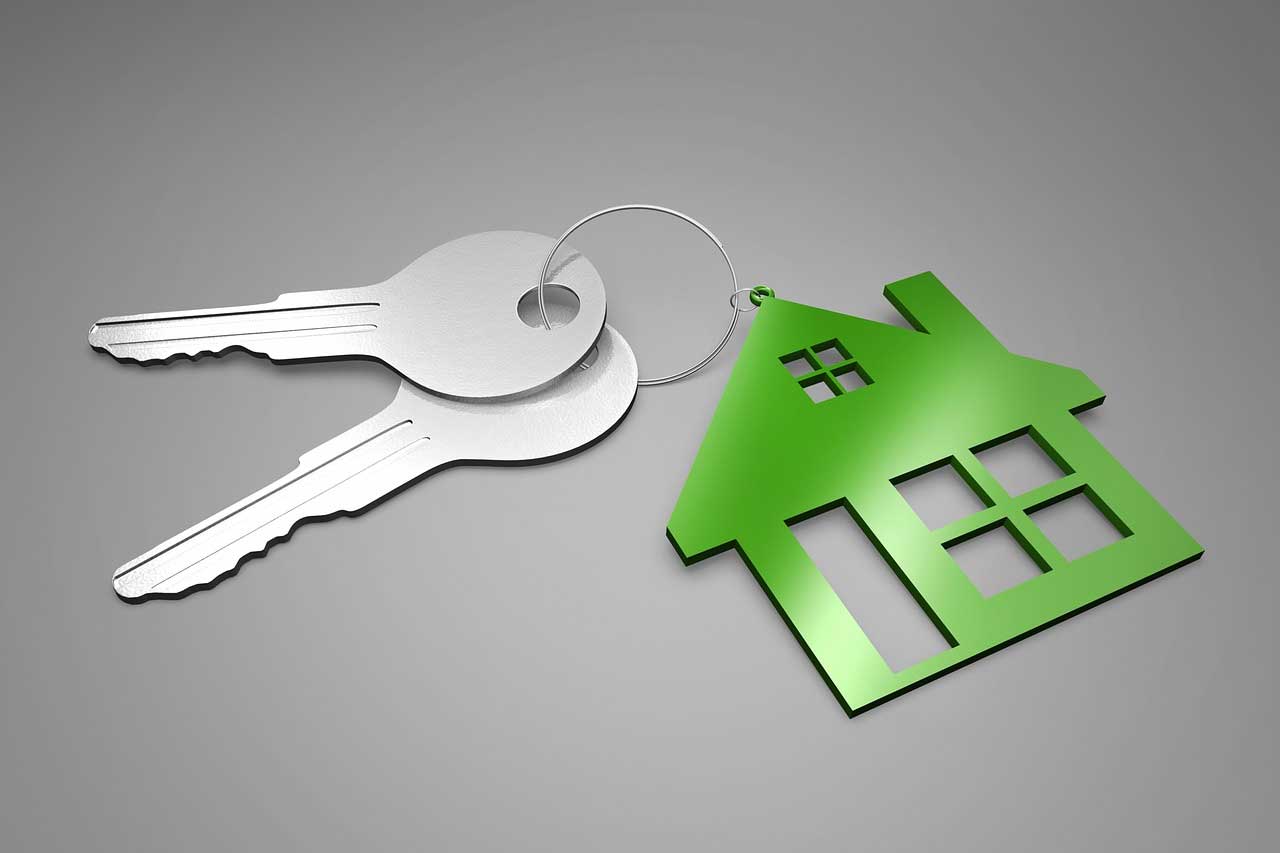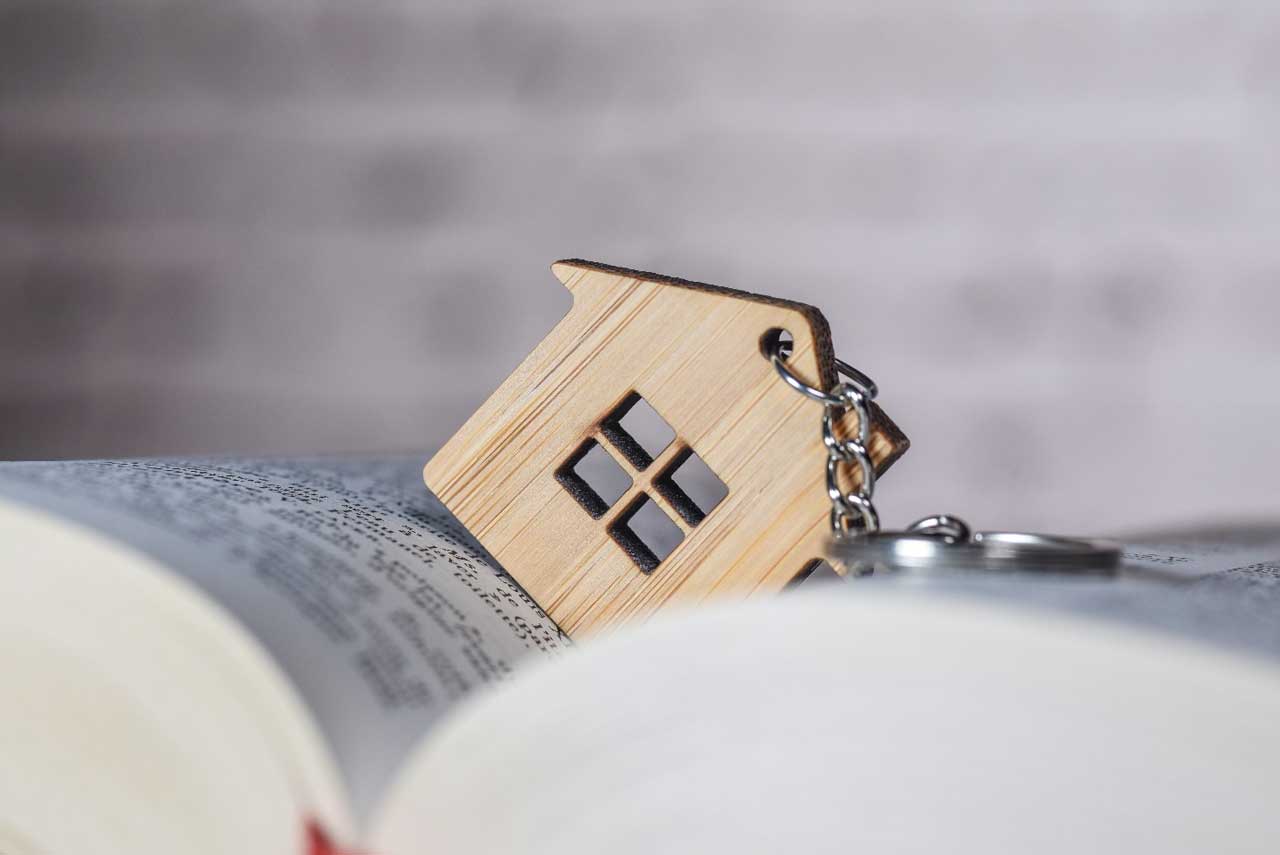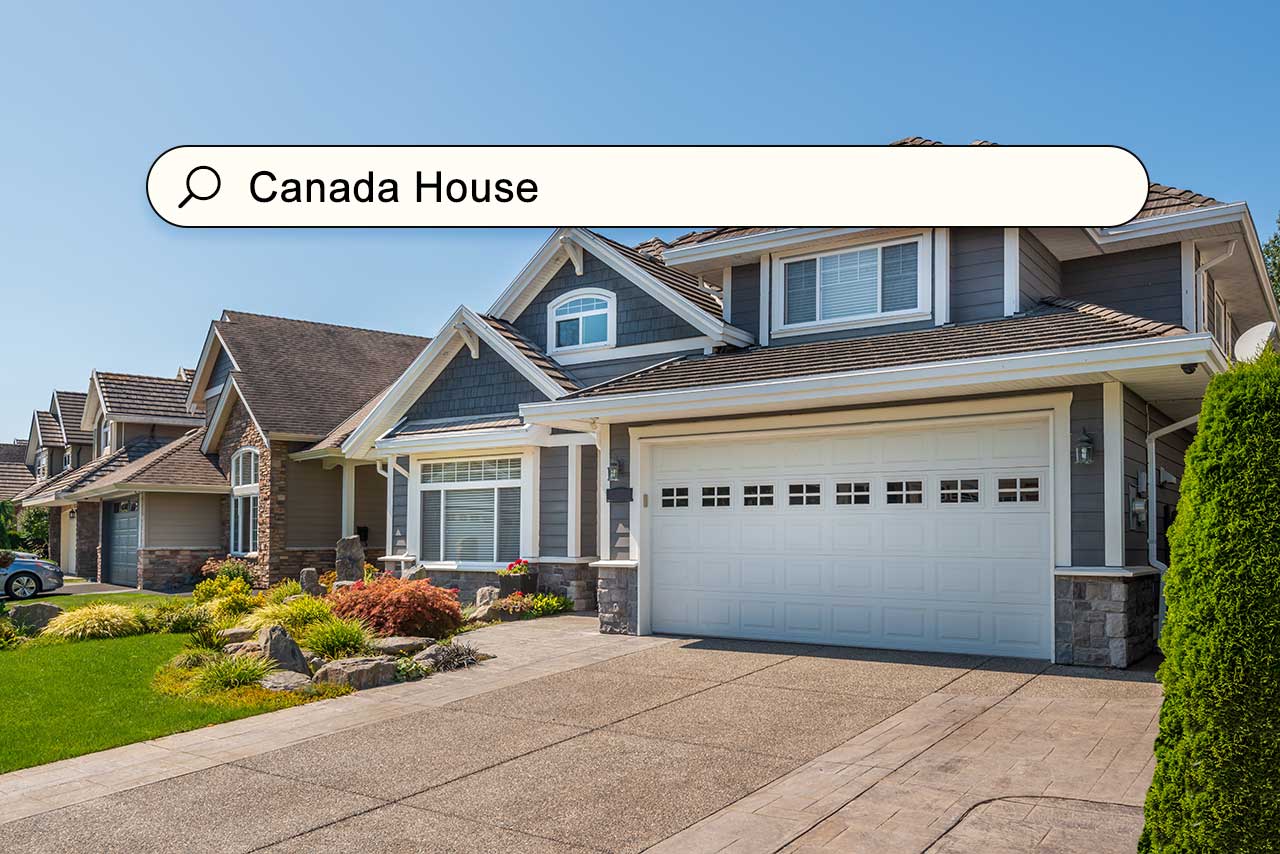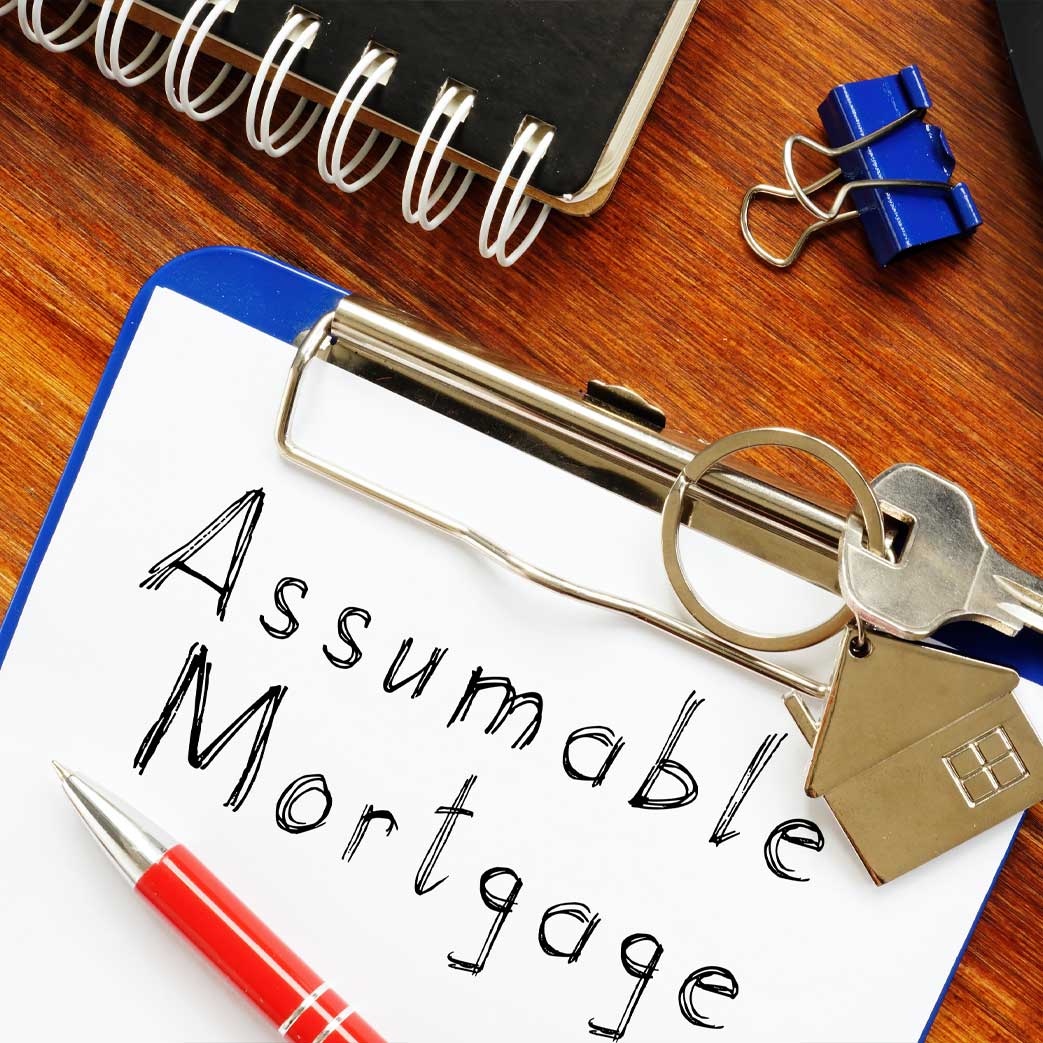The home buyers’ plan is an often-overlooked way to access the money you need for a down payment on a house. If you have been contributing to RRSPs throughout your career, you likely have thousands socked away in retirement. Having these funds is critical for ensuring that you have enough money in retirement. However, did you know that your RRSP funds can help you get the home of your dreams? You can withdraw up to $35,000 tax-free as of March 19, 2019, to buy or build a house or condo. While there are some rules and restrictions, in general, you must pay this money back over 15 years. If you have the assets in your RRSP, you can save paying interest to the bank and instead borrow from yourself to make your dream home happen!
What Is The Home Buyers’ Plan?
The home buyers’ plan is a useful method for raising the money for a down payment on a home. It allows individuals the opportunity to take up to $35,000 out of their RRSP and put it towards the purchase of a qualifying home. For the most part, common home types, such as houses, condos, and duplexes, all qualify for this plan. The ability to deduct the $35,000 is per individual [1], so if you are looking to purchase the property with your spouse, you can each deduct $35,000 for a combined total of $70,000. Even in a hot housing market like Toronto, $70,000 is still close to 10% down for the average home.
The withdrawal made from the RRSP is “tax-free” in the sense that it does not count as a distribution. Instead, you must make after-tax contributions back to your RRSP in the amount of the loan over 15 years. As an example, if you withdraw $35,000 from your retirement plan, you must pay $3,000 back each year. You will not get a tax credit for the amount that you pay back each year under the program. Therefore, the home buyers’ plan is effectively an interest-free loan for your down payment from your retirement fund.
Taking advantage of this program is incredibly beneficial when you have some of the down payment saved, but need a little bit more to get you to the 20%. With under 20% down, banks will often require some mortgage insurance. This insurance can carry a fairly steep price. Putting less than 20% down can often subject you to higher interest rates as well.
Let’s suppose you find a Toronto condo for $500,000 that you love. Furthermore, let’s assume you have $70,000 (14%) saved. Based on this down payment, your mortgage insurance rate would be 3.1% or $13,330 amortized over the life of the loan [2]. That’s a hefty price to pay for being $30k short of 20% down. With the home buyers’ plan, you could withdraw that $30,000 from your RRSP. This cash infusion would mean you would have the full 20% down and have to pay no mortgage insurance. By taking an interest-free loan of money in your retirement account, you save over $13,000 in this example.
Do I Qualify For This Plan?
For most people, participating in the home buyers’ plan makes logical sense. It provides would-be homeowners with the ability to save money on mortgage insurance and lower their interest rates. While this program is reasonably widely available, there are a few restrictions on who can participate.
You can participate in this plan only if you are a first-time homebuyer. The term “first-time” is unfortunately quite misleading. Many people qualify for this plan even though they may not consider themselves first-time buyers. You are a first-time buyer if “in the [previous] four year period, you did not occupy a home that you or your current spouse or common-law partner owned” [3]. Also, the Government of Canada changed the rules so that, starting in 2020, first-time buyers include anyone who recently experienced a divorce or dissolution of a common-law relationship. Sadly, many people read the term “first-time” and assume they don’t qualify since they owned a house in the past. The reality is that many would-be homeowners are eligible for this plan.
Additionally, you must also intend on occupying the house as your principal residence. If you are looking to use the funds from your RRSP to finance the down payment for an investment property, this plan will not allow you to do that. You must be looking at making the home your principal residence within one year of making the purchase. With that said, the rules do not state how long you must occupy the house before you could move and rent it out. Moving within a year or two after purchasing the home would likely raise red flags. The withdrawals from your RRSP are meant only to buy a house in which you intend to dwell.
Finally, you can use the home buyers’ plan to buy a home for a related person with a disability. If you have loved ones who have had injuries or suffered medical difficulties, you can borrow the funds from your RRSP to help them purchase a home.
Are There Any Drawbacks?
Intuitively, this plan sounds great to most people. It provides first-time homebuyers with the opportunity to raise funds for a down payment. Couples can combine the $35k limits and use their RRSPs for a substantial amount of their down payment. Single homebuyers can still use the $35k to top up their savings and get closer to the coveted 20% down. No plan is perfect, however. There are a couple of things to keep in mind before electing to participate in the program.
The most significant drawback is that you are borrowing against your RRSP with an obligation to pay the money back over 15 years. As long as you can make those payments, there are no problems. However, if you cannot make the payments, they are treated as a taxable distribution from your RRSP. Missing payments could result in tax bills at the end of the year that would exceed what you would have paid in interest if it were a conventional loan. If you think you may have difficulty making both the mortgage payments and RRSP contributions, the home buyers’ plan may not be right for you.
Another more subtle drawback is that while the money is technically interest-free, you will not be earning any investment income from that money either. When the RRSP money leaves your account, it isn’t generating dividends or capital appreciation for your retirement. If the market goes down, the withdrawal might have wound up saving you money! However, if the market skyrockets, that $35,000 or less of your retirement portfolio won’t be going up. If you expect the market to do incredibly well, you may wish to think twice about making the withdrawal.
It is worth noting that there are no pre-payment penalties under the plan. If you use the $35,000 to close on the house and put the money back a year later, you are free to do so. In theory, you could even use the cash to close on the house with a lower interest rate and no mortgage insurance, pay the mortgage down a bit, and then use a home equity line of credit to restore your retirement funds. There are a lot of possibilities to make your RRSP whole again!
This Plan Sounds Great! How Do I Get Started?
If you want to participate in this plan, the good news is that the process is quick and easy. All you need to do is fill out form T-1036, located here [4]. This PDF is a standard CRA form that asks a few qualifying questions to ensure you are eligible for the plan. It then asks for some personal information and how much you are requesting. You would then take T-1036 and give it to the institution with which you have your RRSP. They will process the withdrawal for you per your written instructions. It’s that simple!
While getting the distribution is quite simple, it is worth discussing all your options with a mortgage broker, like Citadel Mortgages. While the home buyers’ plan often makes sense, you can usually have more peace of mind if a qualified professional reviews your financial situation. The home buyers’ plan is simply one tool that is available to get you into the home you want. We can see if other programs, such as the first-time homebuyer incentive or the newcomers to Canada mortgage, would also be of assistance. The Government of Canada has quite a few different avenues to help Canadians purchase the homes of their dreams!
The Home Buyers’ Plan: A Summary
As a recap, the home buyers’ plan is a program that allows would-be homeowners to withdraw up to $35,000 from their RRSP. This limit is on an individual basis so couples can take a total of $70,000 from their combined RRSPs. The average home price within the Toronto area is approximately $800,000. Couples who may have a few years of savings in their RRSPs can use that money to provide just under 10% of the total down payment. When combined with savings, the home buyers’ plan can some times enable couples to avoid paying mortgage insurance.
To participate in the plan, you must be a first-time homebuyer. The term is misleading. First-time does not mean that you have never owned a home before. Instead, it means that you have not lived in a home you own for the past four years. If you owned a house ten years ago, sold it, and have rented for the past ten years, you would be considered a “first-time” homebuyer under the plan. Starting in 2020, anyone who gets divorced or has a common-law relationship fall apart will be a first-time homebuyer under the program. This rule change makes the home buyers’ plan a powerful tool for recent divorcees to get back on their feet following a tough time.
While the money taken from the plan is both interest and tax-free, you must repay this loan over 15 years. The required payments are split up into 15 equal amounts over those years. For example, if you withdraw $35,000, you must pay back $3,000 each year. You will not get a tax credit for the amount that you put back. Failing to pay the full amount in a calendar year will result in the amount being considered a taxable withdrawal.
The home buyers’ plan is a powerful financial program. When used correctly, it can open up so many doors for people to own property. Couples who would otherwise be looking at hefty mortgage insurance premiums can use the program to avoid those altogether. Single buyers who may not have quite enough saved up for 20% down can use the program to put them over the 20% mark and qualify for the loan. There are many exceptional use cases for this program. Anyone who is looking at purchasing a property should at least explore if the program is right for them.
As always, consult with your mortgage broker to see all the options that are available to you. They may be able to suggest how to combine this plan with other available incentives. Recent immigrants to Canada who have high-paying jobs may be able to use this plan to provide the necessary 5% down for the newcomers to Canada mortgage program. You may be able to use this plan in combination with the first-time homebuyer incentive to obtain enough down that a lender will fund your mortgage.
If you are in the market and would like to learn more about the home buyers’ plan, please feel free to contact us! We can also explain the details of the other government incentives mentioned in this post. We can help analyze your particular situation and ensure you get the approval you deserve. With multiple lenders and government programs available, homeownership is something that we can help all Torontonians achieve!
By using a mortgage agent or mortgage broker from Citadel Mortgages, you will be able to ask all the questions you have and be ensured you get the best advice and mortgage product for your mortgage needs. Contact us here at Citadel Mortgages to become mortgage-free sooner!
Want to learn more? Call us toll-free at (866) 600-8762 Learn More Today
If your ready to proceed with a mortgage approval, refinance or equity take out a mortgage then apply now by using this link – – https://bit.ly/3flfnzz
For our current best rates and offers please visit our rate offer page HERE
[1] https://www.budget.gc.ca/2019/docs/plan/chap-01-en.html#modernizing-the-home-buyers-plan
[2] https://www.canada.ca/en/financial-consumer-agency/services/mortgages/down-payment.html
[4] https://www.canada.ca/content/dam/cra-arc/formspubs/pbg/t1036/t1036-19e.pdf
